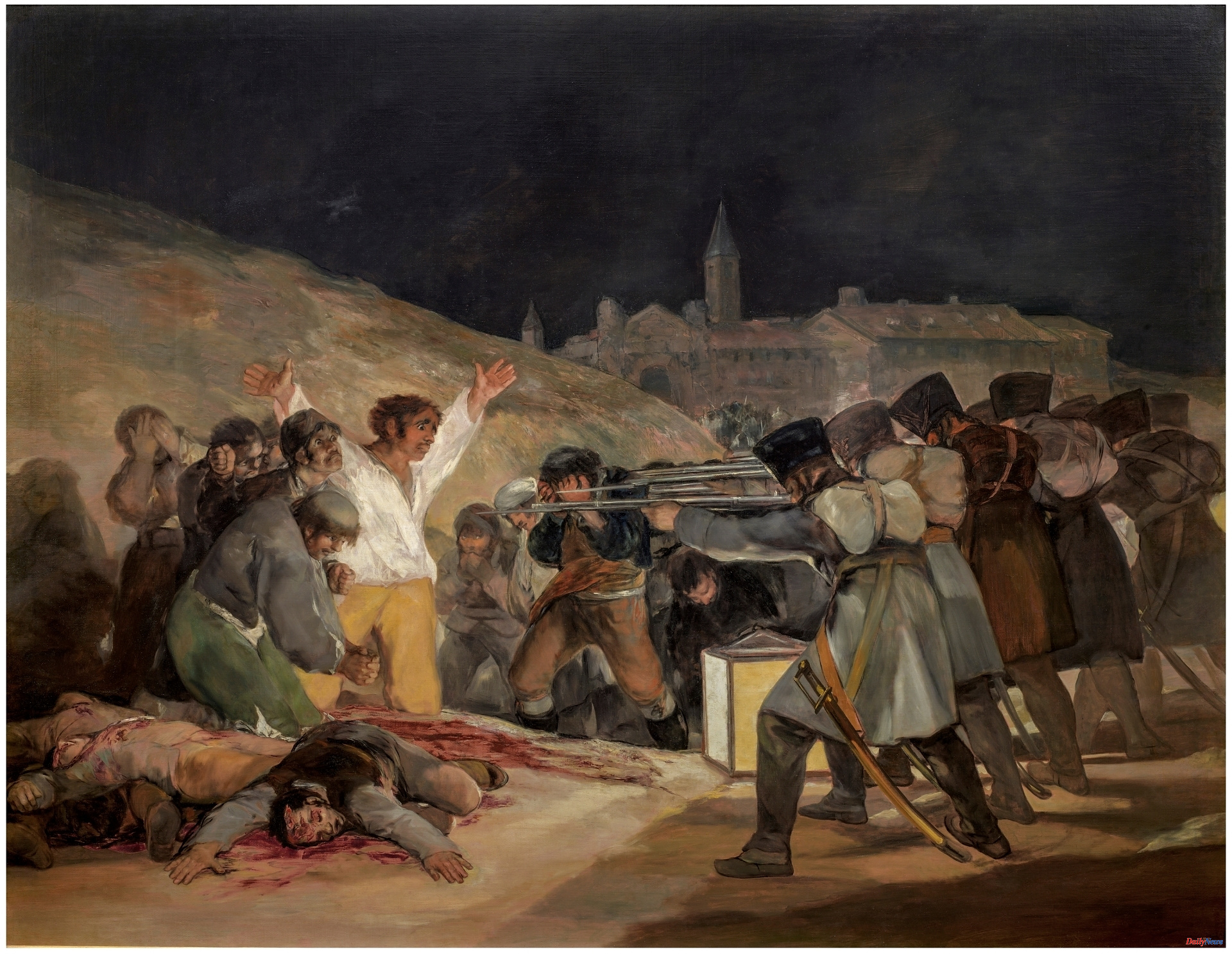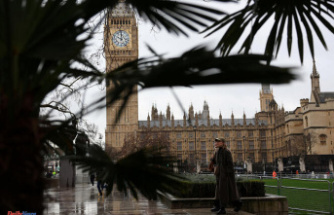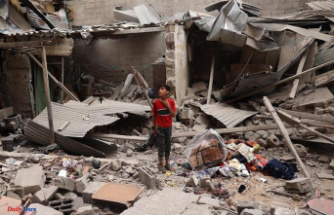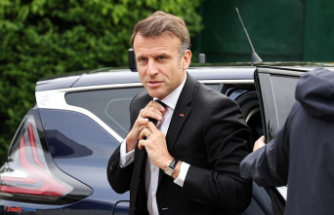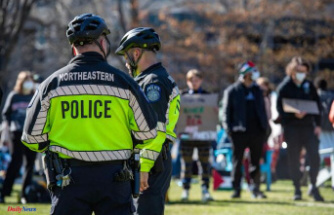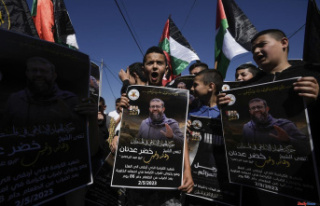Every May 2 is a holiday in the Community of Madrid. This is how it has been included in its Statute of Autonomy since it entered into force on March 1, 1983.
The origin of this festivity dates back to 1808 when the people of Madrid rose up against the occupation of Napoleon's French troops. Situation that later led to the War of Independence until 1814.
Months earlier, Napoleon had convinced King Charles V and his heir, Ferdinand VII, to allow French soldiers to enter Spanish soil to attack Portugal. However, the real motive of the French emperor was to conquer Spain.
When the Spanish kings were confined in Bayonne, the Bonaparte troops began their advance to the Royal Palace of Madrid itself. There they tried to kidnap the youngest son of Carlos IV, Francisco de Paulato, a situation that provoked the popular uprising.
"Treason! Let them take him away from us! Our king has been taken from us! Death to the French!" Expose the writings of the time about what the crowd shouted when the French troops began the invasion.
During the assault on the city of Madrid, and before the rebellion of the people, Napoleon ordered almost 400 people from Madrid to be shot on the mountain of Príncipe Pío. This is how Goya reflected it in his painting El 3 de mayo en Madrid or Los fusilamientos.
The figure of Manuela Malasaña moves between history and myth, between reality and fiction. Tradition says that she died during the insurrection of the people of Madrid against the French. She would be buried in San Martín, the church that also housed the mortal remains of other fallen heroes that May Day of 1808.
According to the most widespread version collected by the Royal Academy of History, this young woman from Madrid died defending the Monteleón barracks, the only one that supported the popular revolt against Murat's troops.
Malasaña symbolizes collective and anonymous heroism, the selfless sacrifice of those who sacrifice themselves in defense of their homeland.
In 1980 his last name would give its name to the neighborhood of Las Maravillas in Madrid.
Every May 2 in the Community of Madrid a floral offering is made to the heroes of the uprising in the Florida cemetery and a military parade in Puerta del Sol.
On a more institutional level, the delivery of the Order of Dos de Mayo and the Medal of the Community of Madrid is also celebrated at the Real Casa de Correos. In addition, throughout the day the Spanish capital hosts different events, concerts and gastronomic activities.
According to the criteria of The Trust Project

